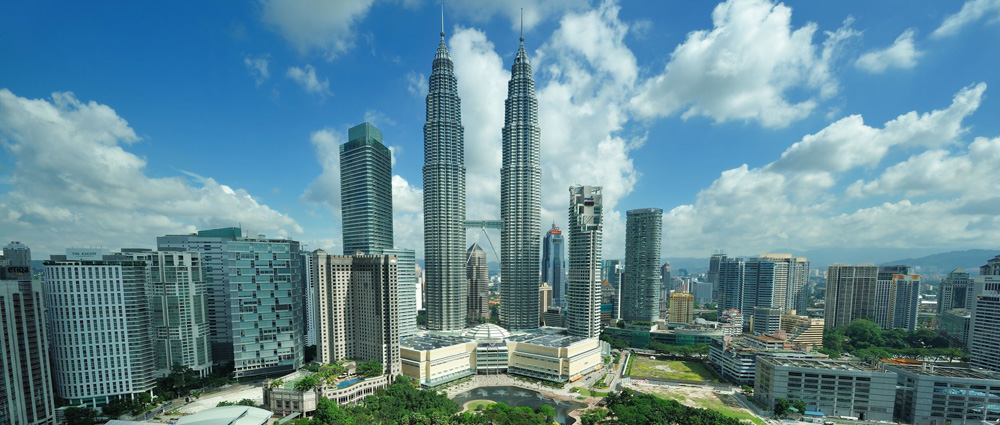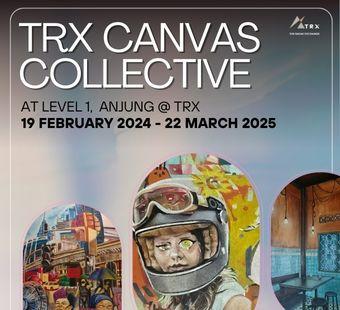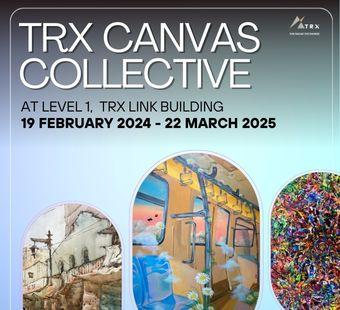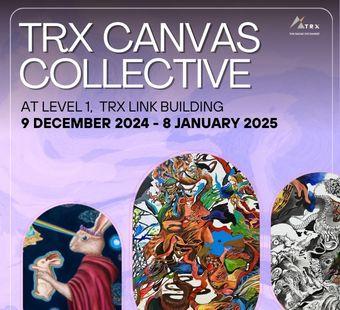When Malaysia started to make its presence felt in the 1980s as an economic powerhouse on the heels of other Asian Tigers, an international competition was launched to create an architectural monument that would become a symbol of progress and prosperity.
In 1991, world-renowned architects, Cesar Pelli & Associates, was awarded the contract.
Seven years later, the iconic Petronas Twin Towers was unveiled, at the time the tallest building on the planet, and the headquarters of Malaysia’s oil and gas multinational.
“The Petronas Twin Towers symbolized the desire and aspiration of all Malaysians to be featured prominently on the international stage and as a major player in the globalized economy,” Y.Y. Lau, Managing Director of JLL Malaysia, says on the JLL website.
Upon its completion, the 88-storey masterpiece immediately became a cultural landmark to showcase the country.
In 1999, the building was featured in a Hollywood action film with the Sean Connery and Catherine Zeta-Jones, which grossed over $212 million worldwide.
Two decades on, the gleaming skyscrapers linked by a delicate sky bridge, remain the most recognisable image of Malaysia, a clarion cry of “Brand Malaysia” as a modern nation with a strong local character represented through an avant-garde design which builds on traditional Islamic motifs.
The award-winning structure continues to be the tallest twin towers in the world, and Petronas remains a steadfast among the Fortune Global 500.
A third tower has since been added and together, they continue their role as a beacon that has shifted the Kuala Lumpur (KL) Central Business District (CBD) from the city’s historical river confluence to the KL City Centre (KLCC) area.
Designed as a city within a city, the KLCC development is a 100-acre site anchored by the Petronas Towers, and includes a shopping mall, office buildings and hotels.
The mall complex also houses Malaysia’s first concert hall, the Dewan Filharmonik Orkestra, and the Petronas Art Gallery.
Among KLCC’s other star draws is a beautifully designed public park with a mosque on the edge of its grounds, while a large convention centre was opened in 2005.
It is Asia’s only AIPC (International Association of Congress Centres) Gold Standard venue and has generated RM6.1 billion in 10 years.
The last twenty years has seen businesses clustering around the KLCC to Bukit Bintang axis, deepening this epicentre of economic activity, and solidifying the national and international reputation of this buzzing 24-hour area as the heart of commerce in the capital.
“The centre of gravity for business activities was moved from the older parts of the city to the Kuala Lumpur City Centre (KLCC) area where the twin towers are located,” Lau explains.
The area continues to boast the city’s highest concentration of commercial space, with over 33 million square feet of office offerings alone.
The Twin Towers has also shifted the KL skyline upwards as other notable buildings mushroomed around KLCC such as the towers in Platinum Park, Four Season’s hotel and private residences, and Norman Foster’s Troika building, the firm’s first foray into Malaysia.
“It has acted as the catalyst for the surrounding land,” Datuk Stewart Labrooy, AREA Management Sdn Bhd chairman, writes in Star Property.
Current Prime Minister Tun Dr. Mahathir Mohamad, who also presided over the Tower’s conception and construction in the 1990s, characterises the Petronas Towers as symbolising “the courage, ingenuity, initiative, and determination, energy, confidence, optimism, advancement and zest of a nation.”
Exciting new developments in the metropolitan area, such as TRX, extend the city’s CBD further southeast.
These developments will enhance the already dynamic city centre, heralding an even brighter future for one of Southeast Asia’s leading lights.





